Challenge
When using puppeteer page.click('something') one of the first challenges is to make sure that the right 'something' is provided.
I guess this is a very common challenge, yet I did not find any simple way to achieve this.
What I tried so far
In Google Chrome I inspect the element that I want to click. I then get an extensive element description with a class and such. Based on an example I found, my approach is now:
- Take the class
- Replace all spaces with dots
- Try
- If it fails, check what is around this and add it as a prefix, for example one or two instances of button.
This does not exactly feel like it is the best way (and sometimes also fails, perhaps due to inaccuracies from my side).
One thing that I notice is that Chrome actually often seems to give a hint hovering over the thing I want to click, I am not sure if that is right but I also did not see a way to copy that (and it can be quite long).

If there is a totally different recommended way (e.g. Looking in the browser for what the name roughly is, and then using puppeteer to list all possible things), that is also fine. I just want to get the right input for page.click()
If you need an example of what I am trying: If you open this question in an incognito tab, you get options like share or follow. Or if you go to a web shop like staples and want to add something to cart.